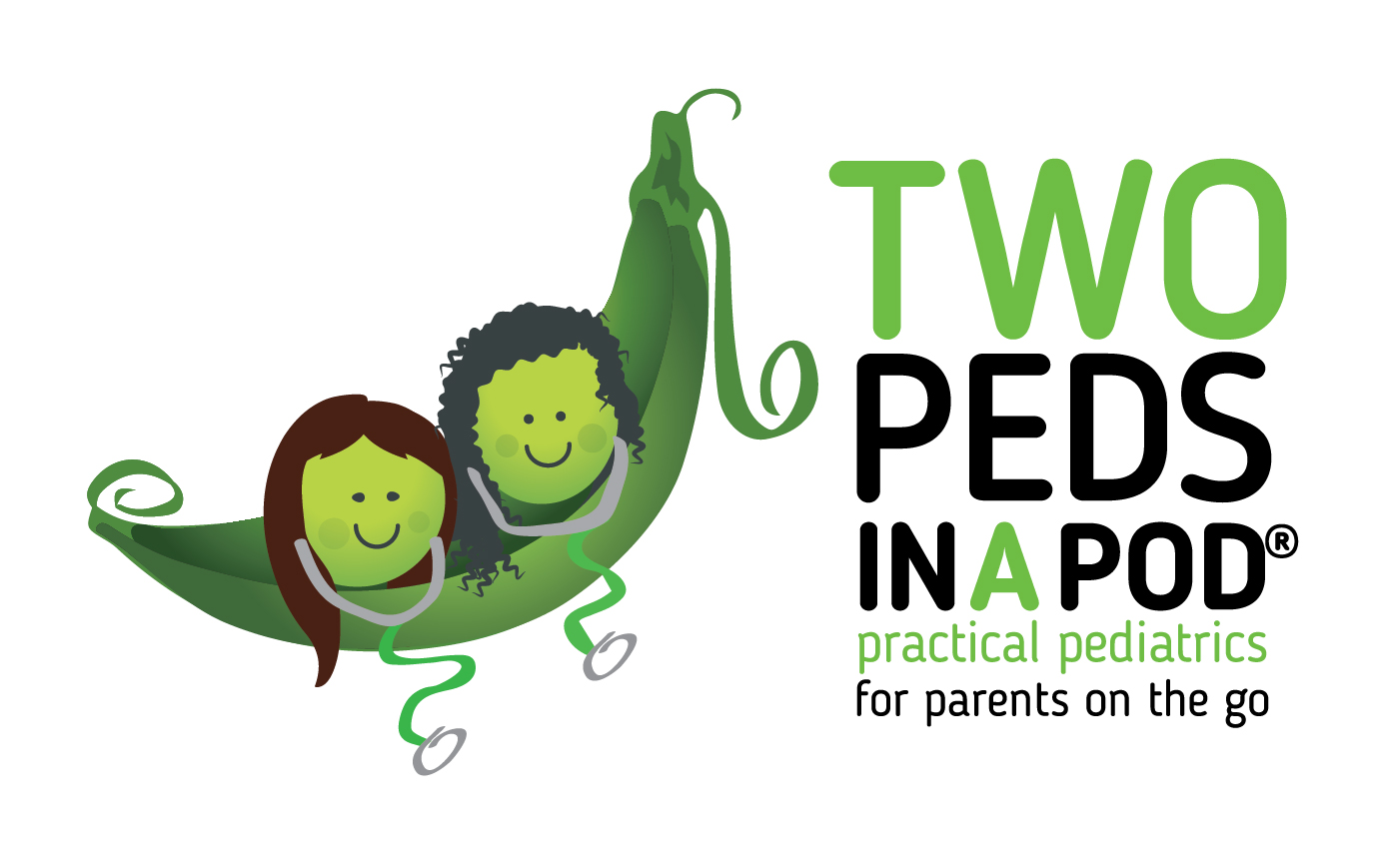 If you are in a part of the United States affected by the polar vortex shift, it’s tough to stay sanguine about the weather. How to create an optimistic child who can look at the “warm” side of winter? Guest bloggers psychologist Dr. Gage and pediatrician Dr. Penaflor join us today with ideas.
If you are in a part of the United States affected by the polar vortex shift, it’s tough to stay sanguine about the weather. How to create an optimistic child who can look at the “warm” side of winter? Guest bloggers psychologist Dr. Gage and pediatrician Dr. Penaflor join us today with ideas.Recently, my daughter’s friend announced before a race, “I’m just not going to try my best.”
Why would a child give up before even starting? Why such pessimism?
It turns out that her friend’s mother would say after every race, “You just didn’t meet your potential. Did you at least beat Sarah (a fellow competitor)?”
This scenario illustrates how a parent who constantly gives negative responses can build pessimism in a child.
Why is optimism important?
An optimistic child is strong, enterprising, and resilient. He or she does not wait passively for good things to happen to him or her. The optimist consciously plans, works hard to make things happen, and persists through challenges.
Research shows important benefits:
• A healthier heart and a greater ability to fight infections and survive disease
• Better response to stress
• Less likelihood to develop anxiety and depression
• More success in school, sports, social and recreational activities
• Greater accomplishments in life
• Higher motivation to keep on trying even when things get tough
How do I begin?
Does your child tend toward optimism or pessimism? Is the glass half empty or half full? Which would your child say, “It doesn’t matter… I won’t get it right anyway,” or “I did my best… I’ll get it next time”? Optimism is a learned skill that you can teach your child at home.
Here are some important tips.
- Model positive behaviors and attitudes.
“This is tough, but I can do it!”
“I will find that lost pair of socks!”
- Create an environment that fosters love and trust.
When children have a sense of security and trust at home, they view the world as a positive place to explore and try new things.
- Encourage your child to view life in a positive way and to rise above negativity.
For example, one of our favorite techniques is “Rise up! Don’t dwell on it.” If someone did or said something hurtful to your child, teach your child to pause. Have her ask herself “How important is it? Will it matter in 5 minutes, 5 months, or in 5 years?” Think of the big picture.
Another is to approach mistakes calmly. Say “Oops!” and move on.
Validate your child’s feelings of disappointment or sadness, but teach your child that failures and mistakes are opportunities to learn and do something different and better.
After all, in life “Sometimes you win, sometimes you learn.”
Patricia Gage, PhD, NCSP and Gina Penaflor, MD, FAAP
©2014 Two Peds in a Pod®
Dr. Patricia Gage runs Brain Smart Academics, her own private practice as a school psychologist in Stuart, Florida, and has taken the lead in many charitable organizations that help promote children’s social/emotional wellness and women’s health. Dr. Gina Penaflor, mother of a school-aged child, tween and teen, is a primary care pediatrician in South Florida with a background in emergency and hospital medicine. She and Pat have combined their knowledge and experiences to create a Hang-In-There educational card series. Their mission is to help busy moms and dads lead a more rewarding (and less stressful!) parenting experience.
To learn more, please visit their website at www.HangNthere.com or Facebook page, or e-mail them at busymoms@HangNthere.com.



